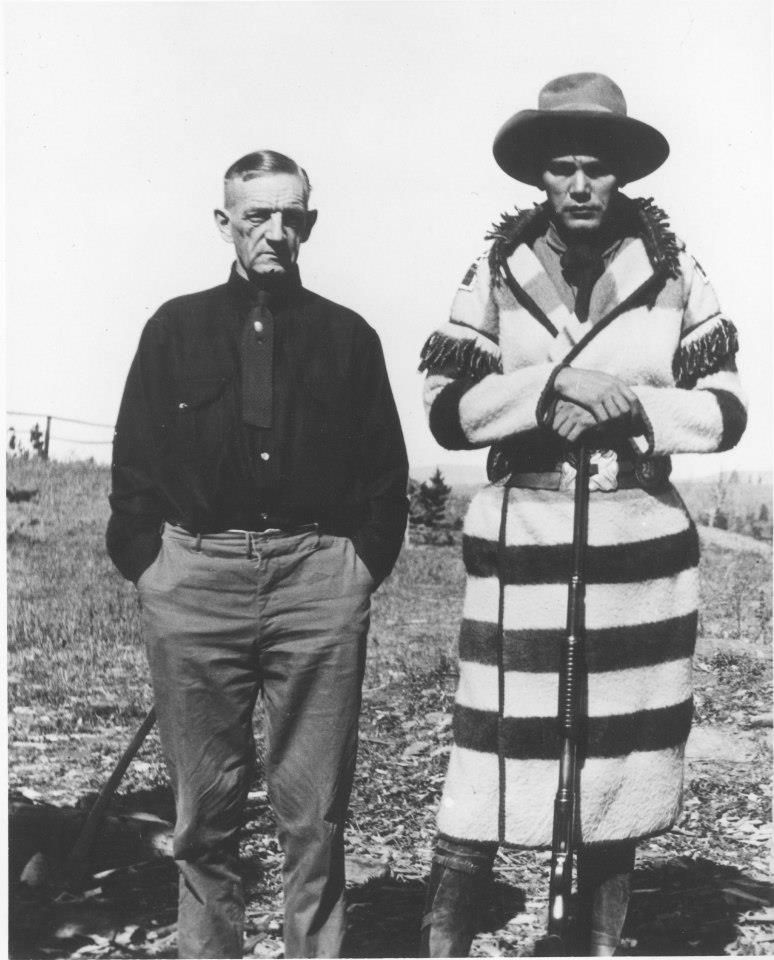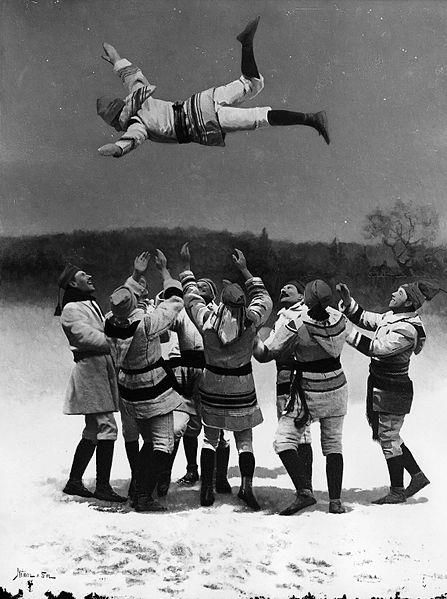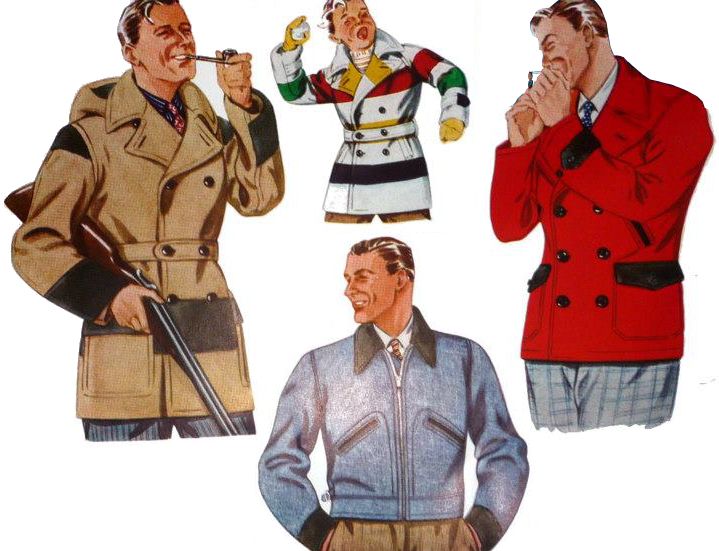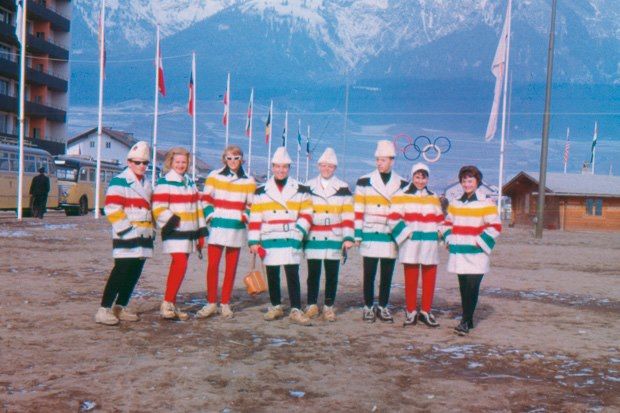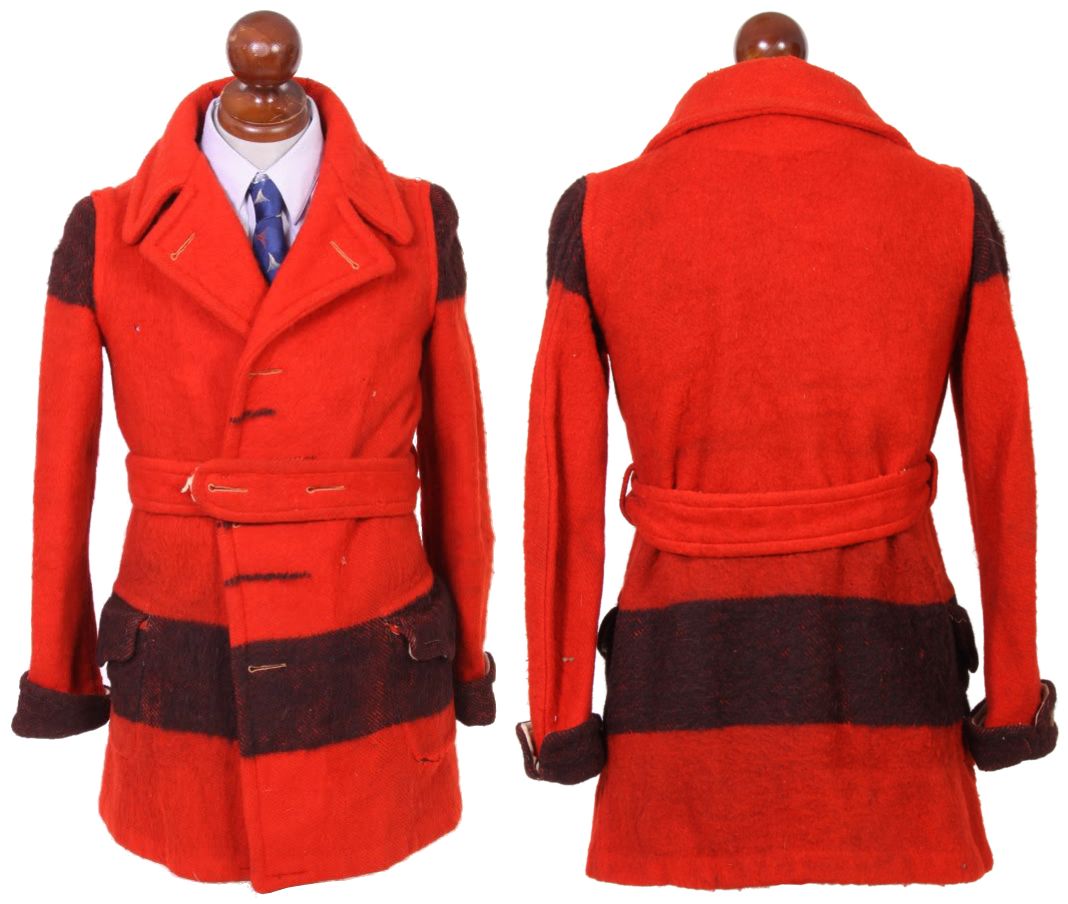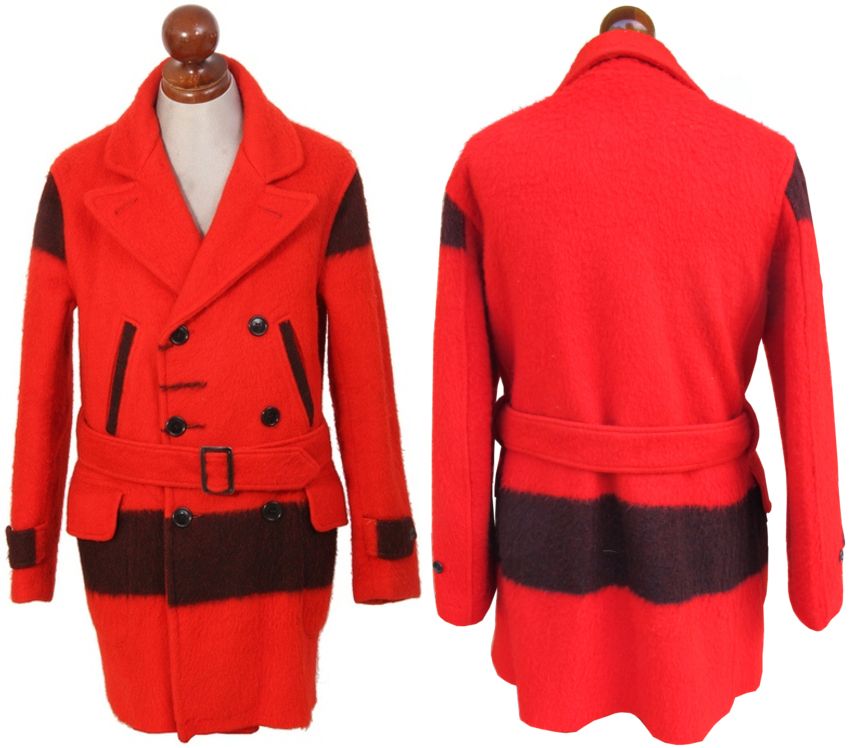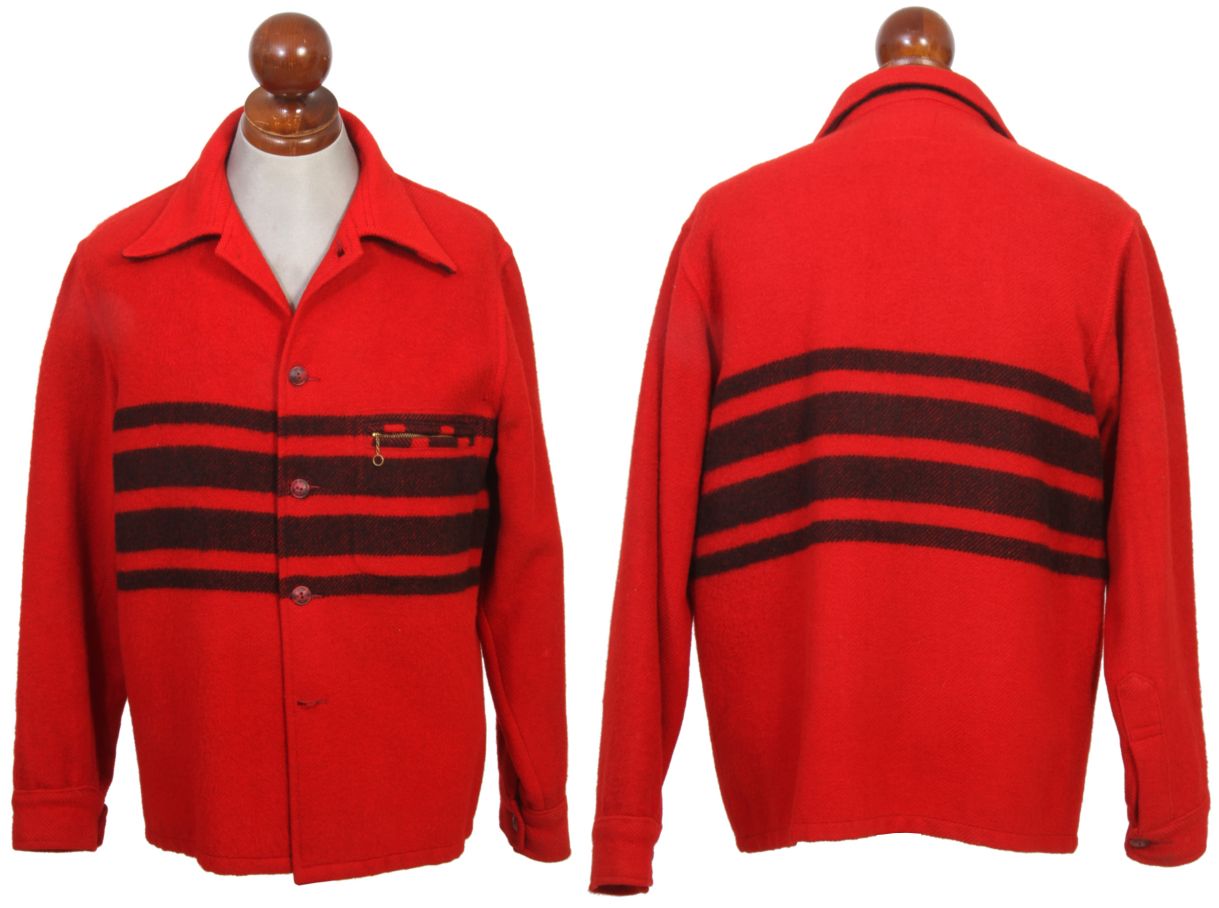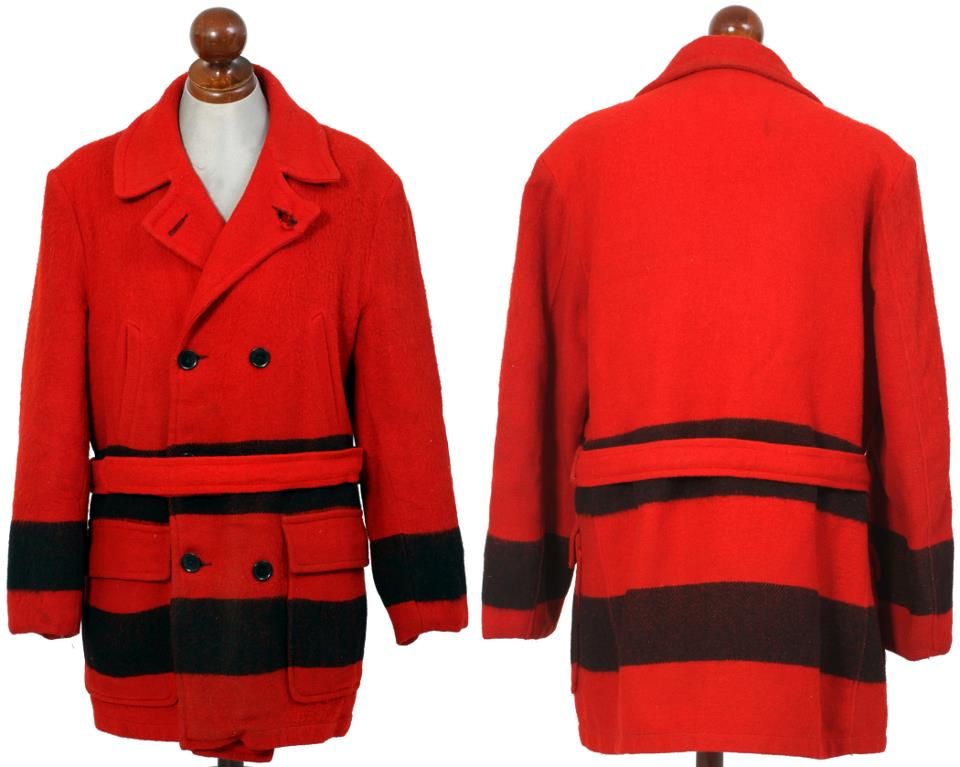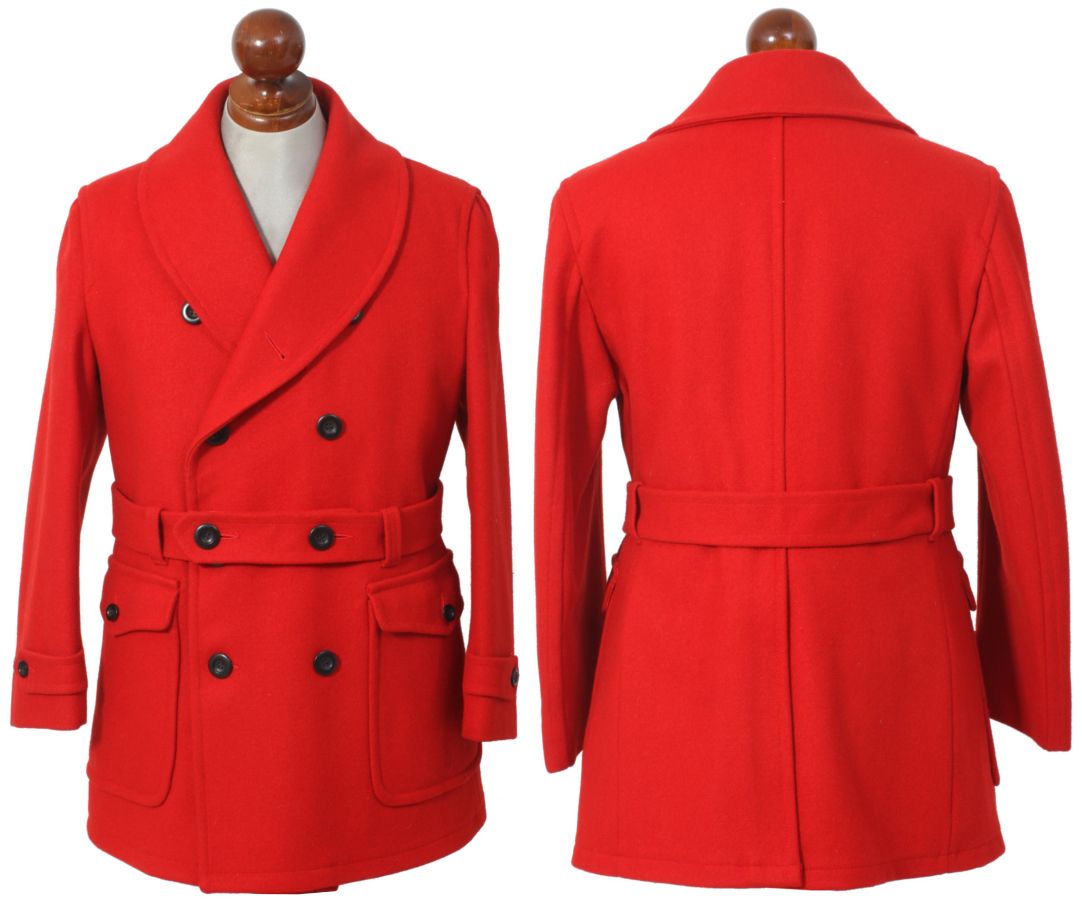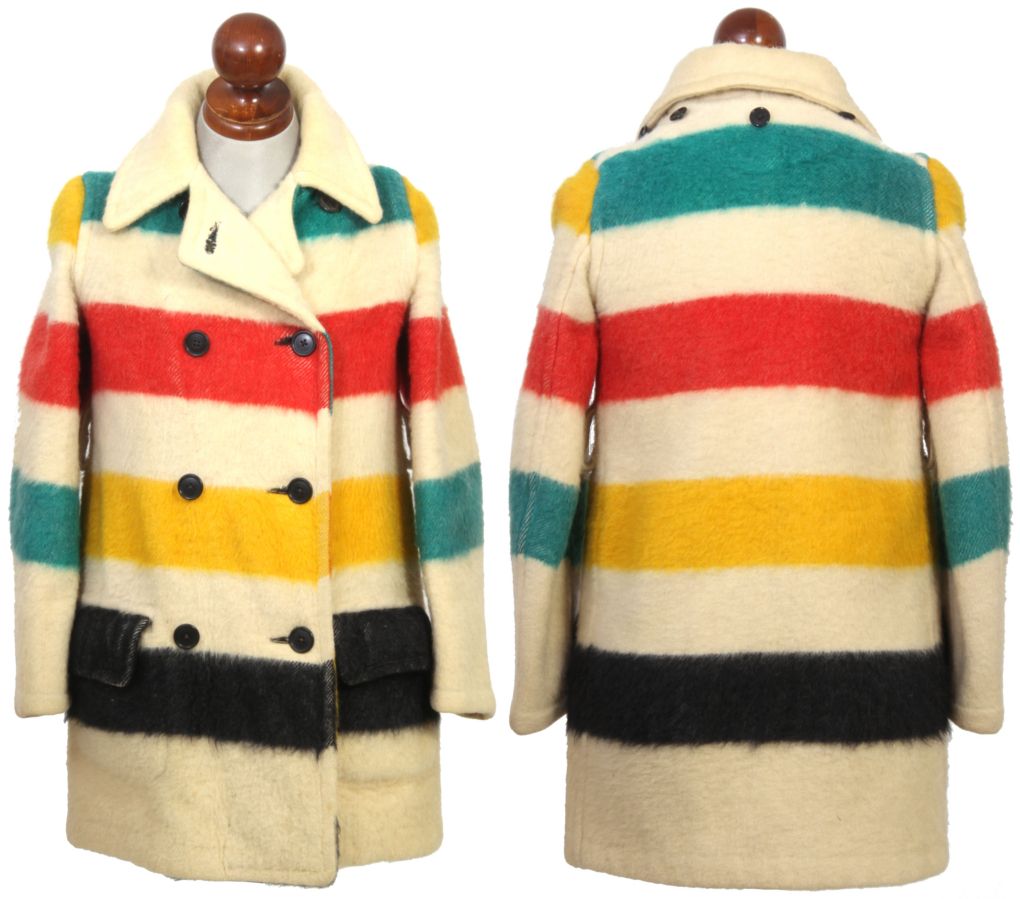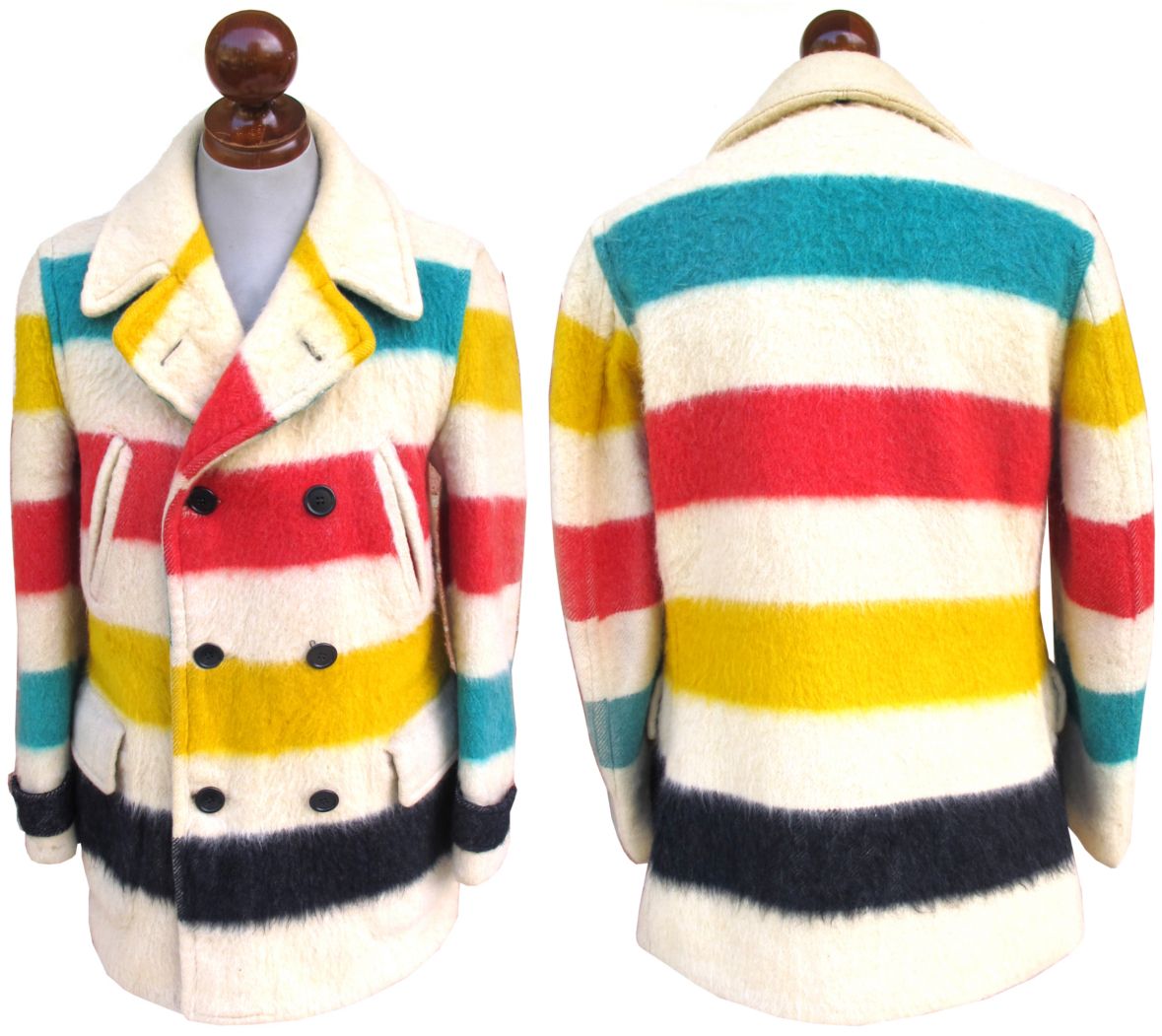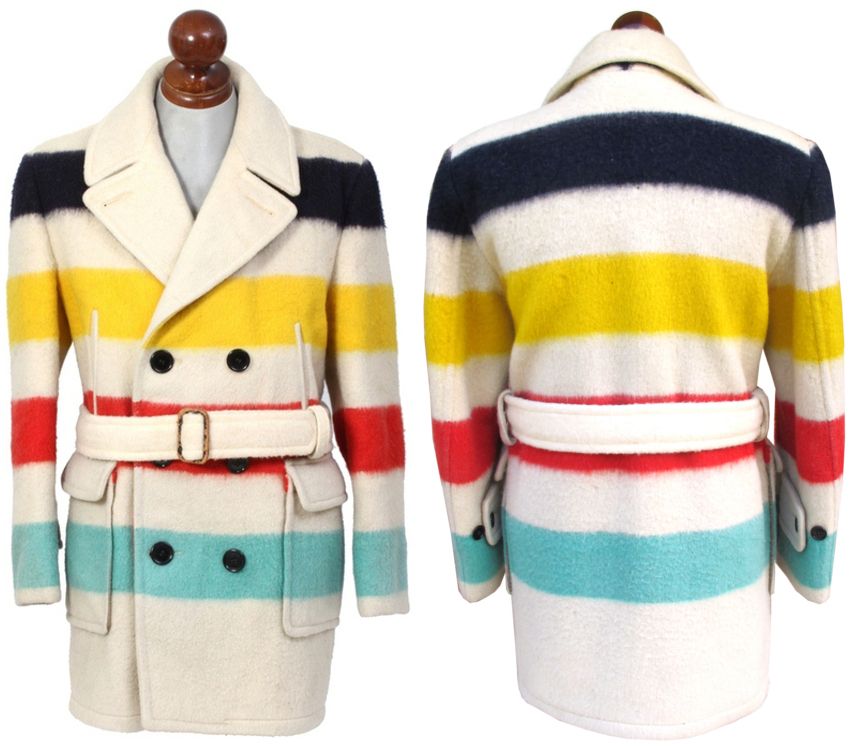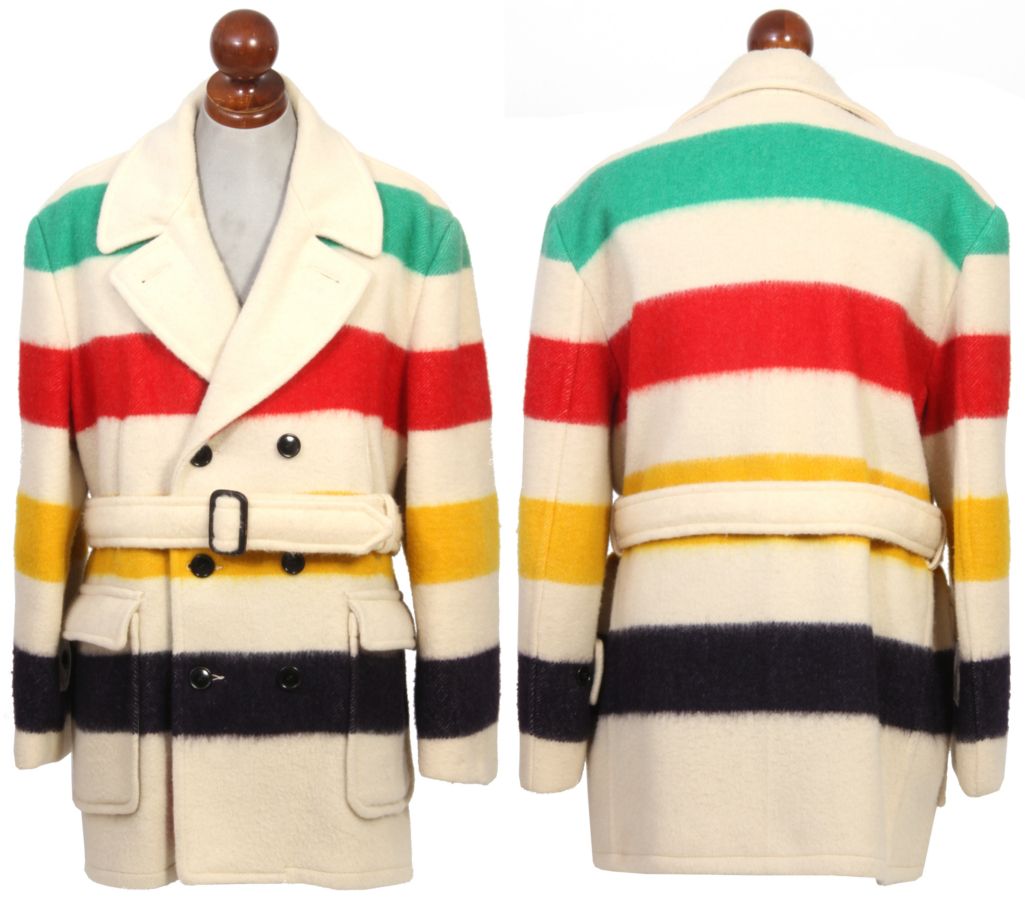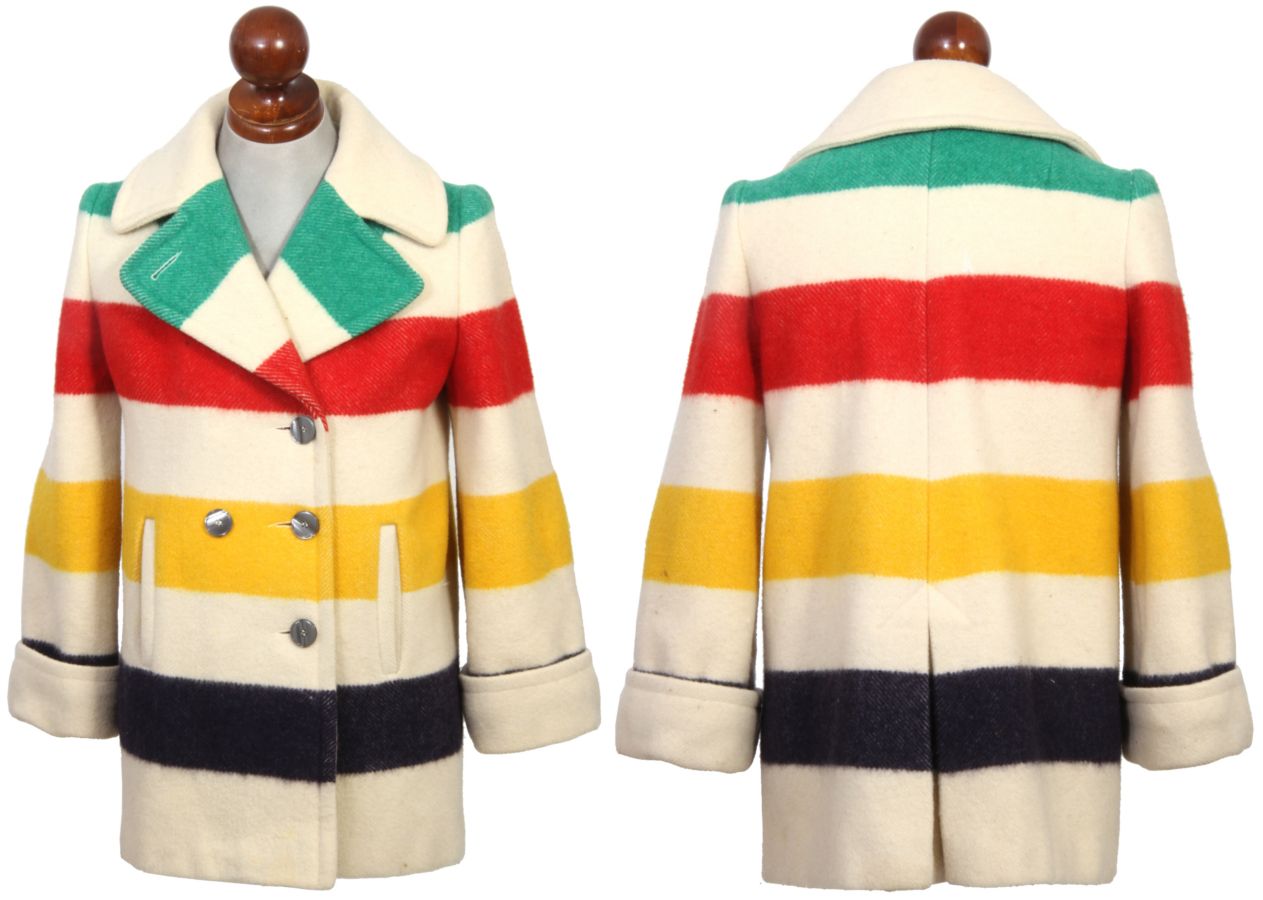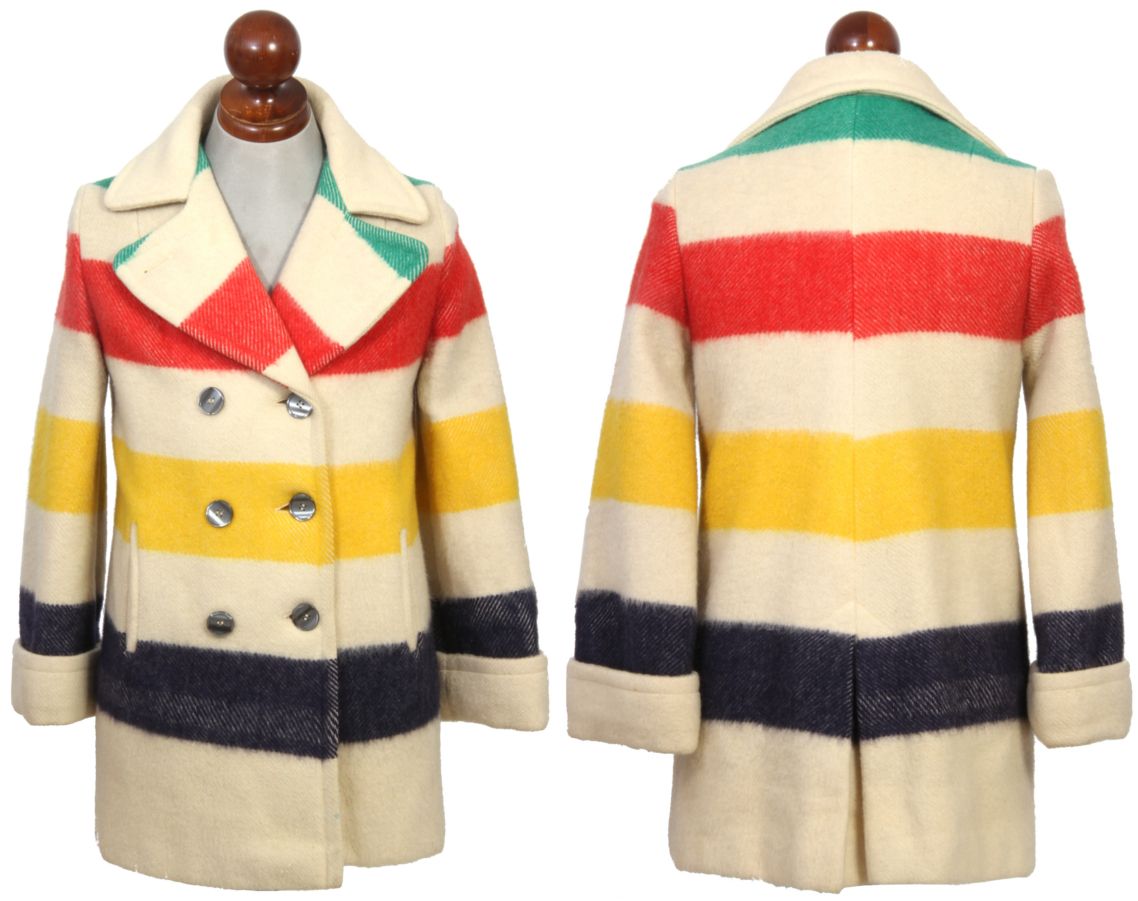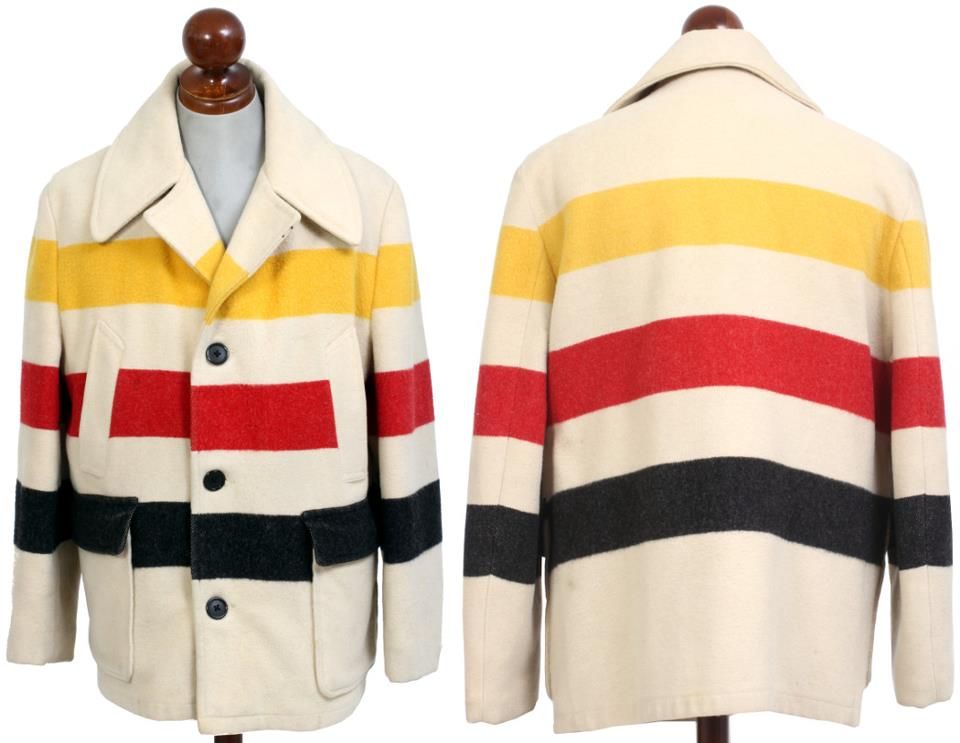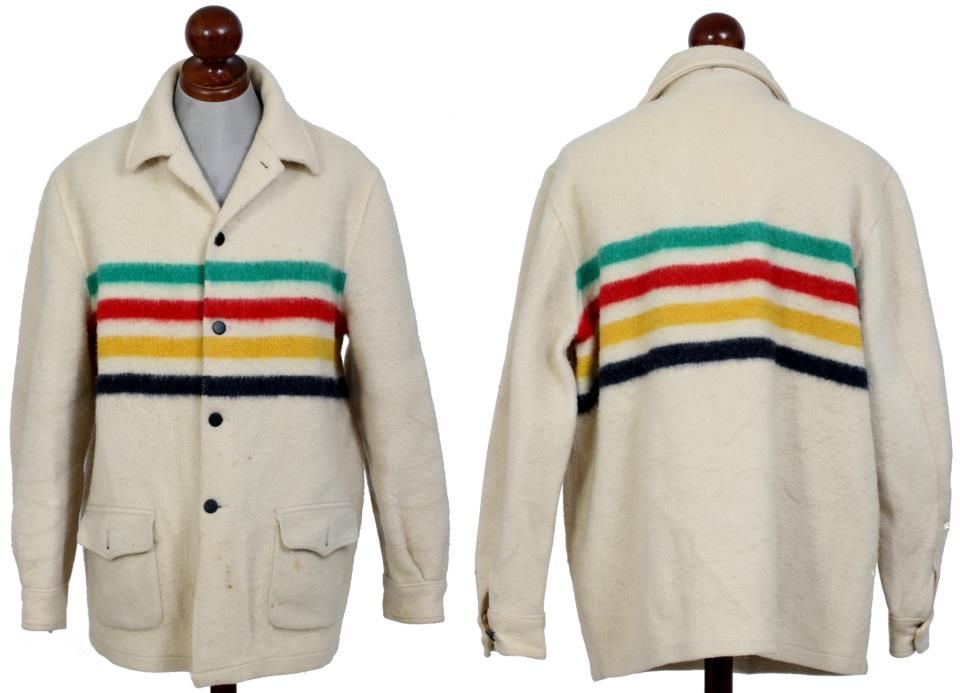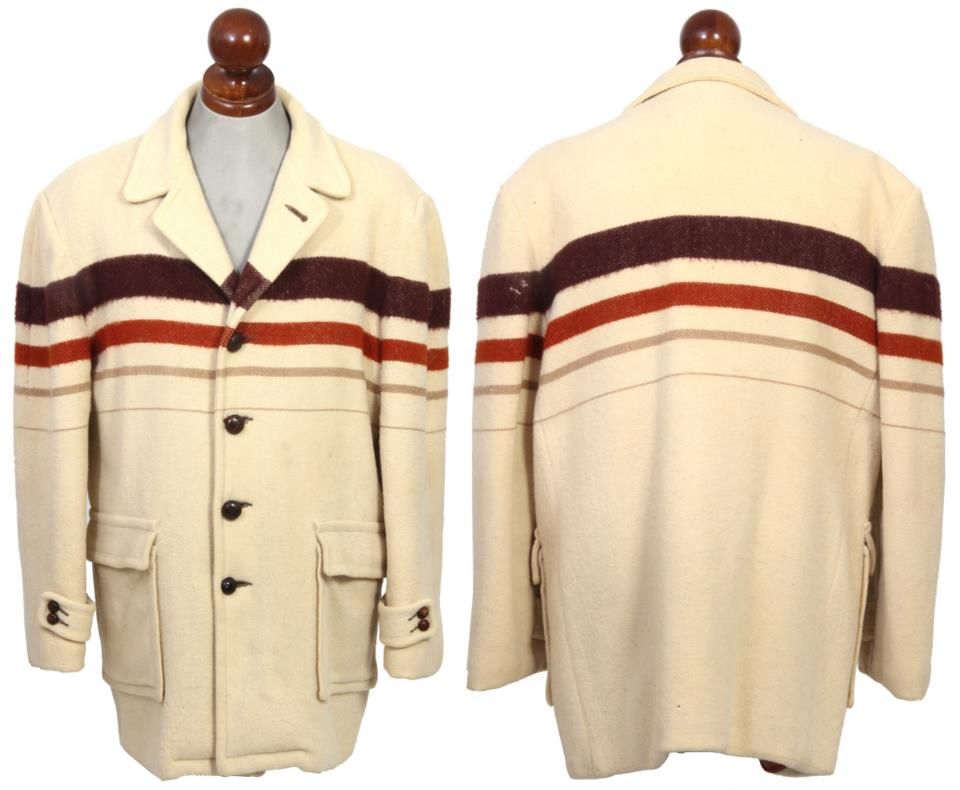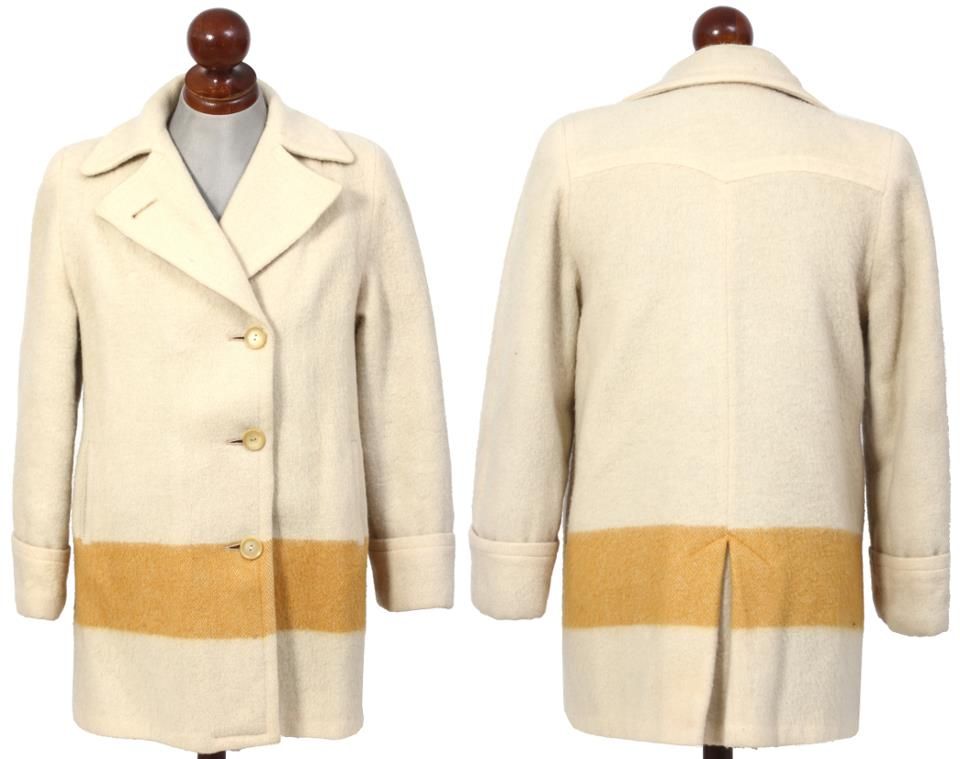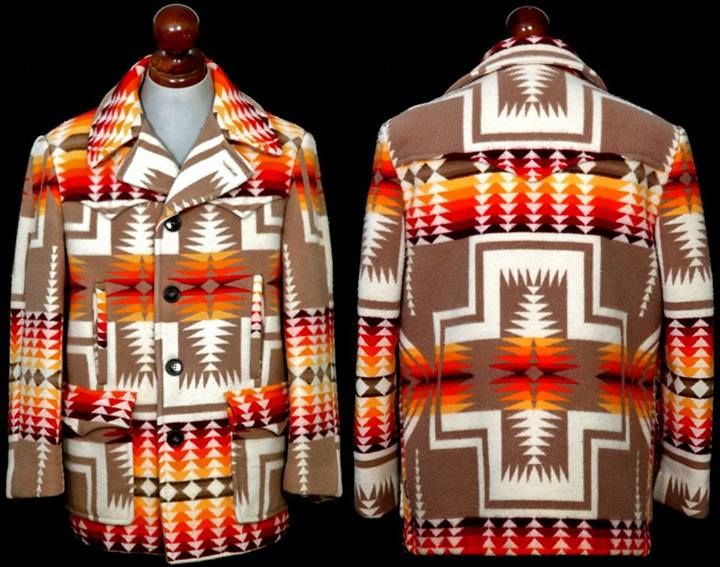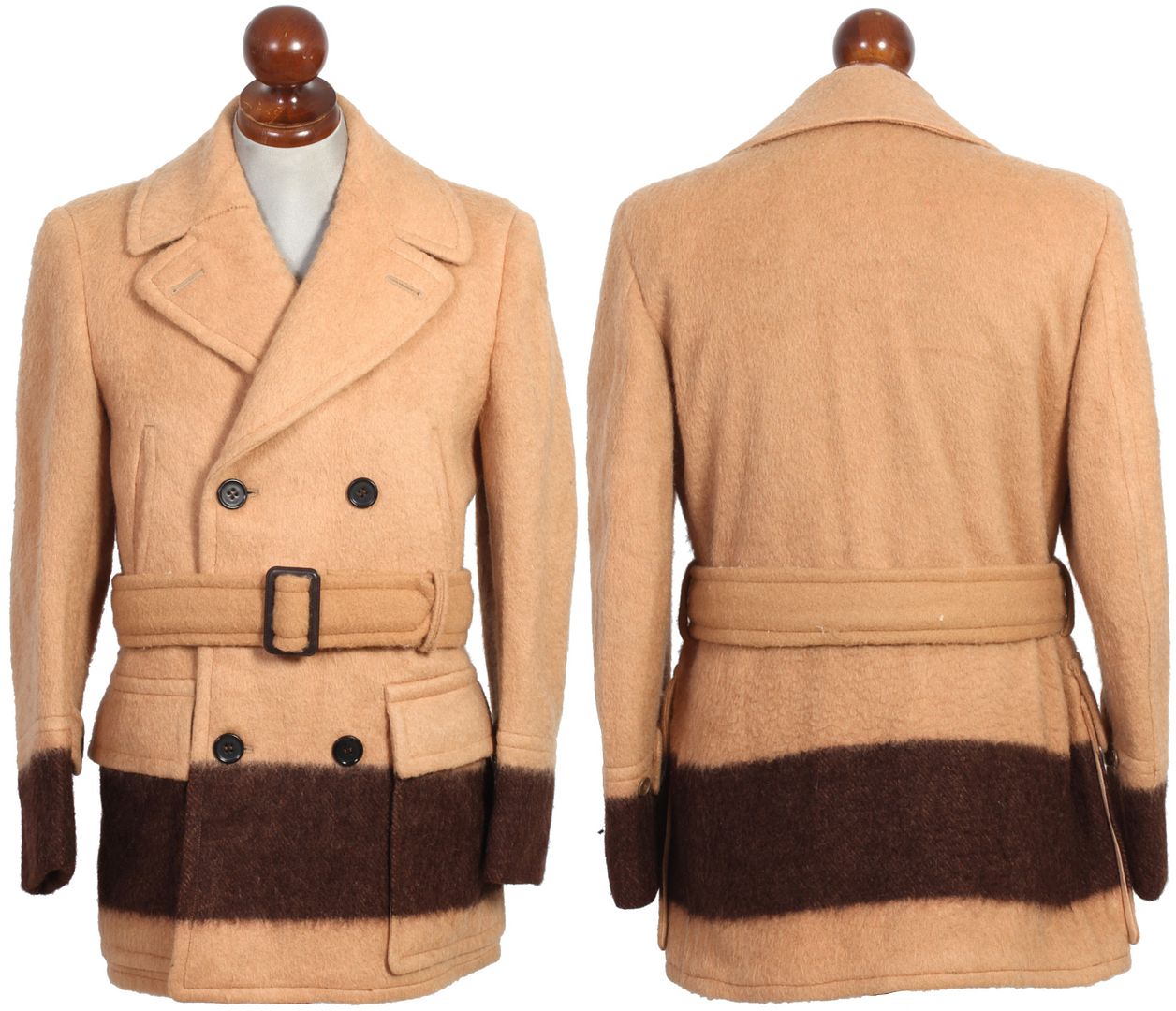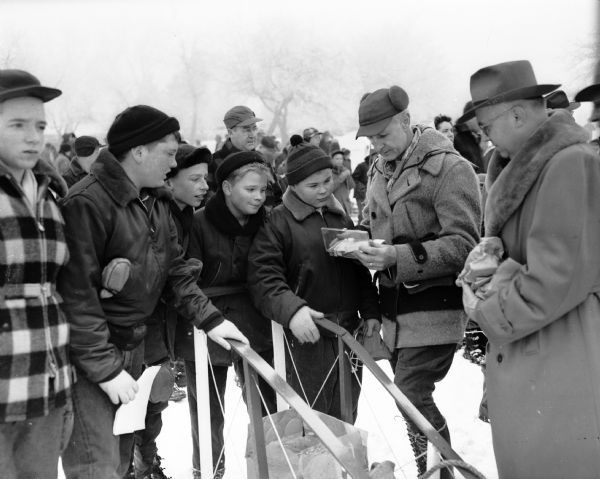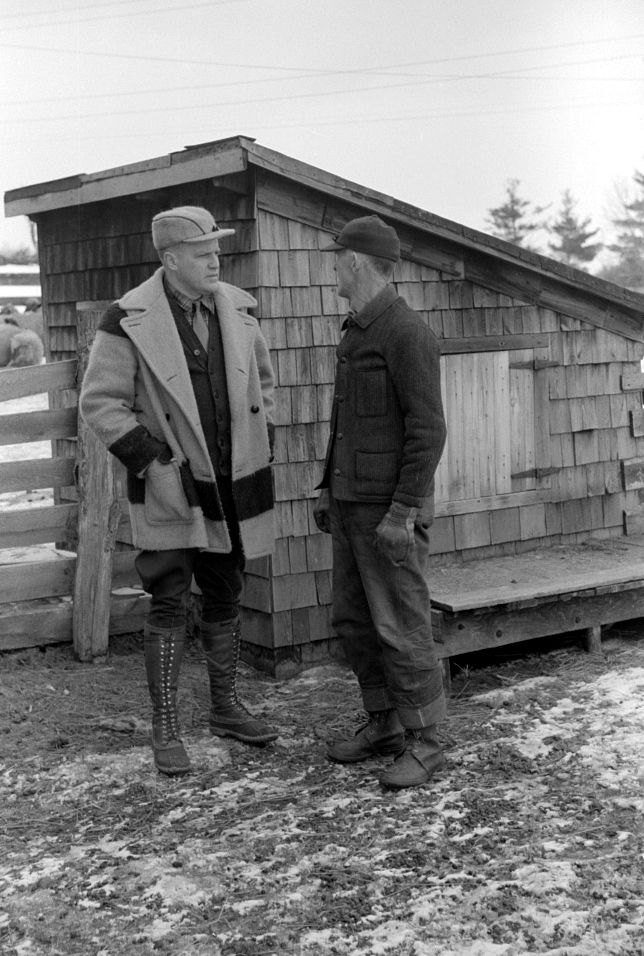- Messages
- 10,562
- Location
- Bozeman, MT
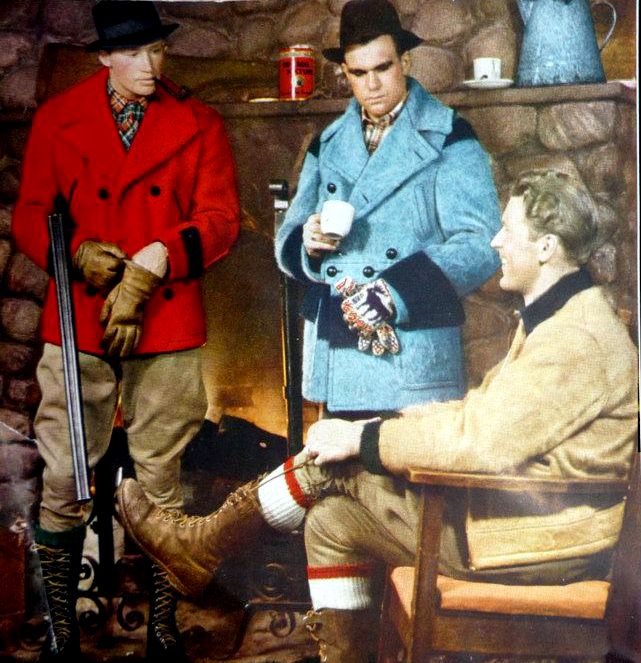
The Hudson's Bay Company introduced their distinctive striped "point" trade blanket in 1780. The blankets were used in the fur trade, traded in exchange for pelts. The "points" represented the size and weight of the blanket. The blankets were soon being tailored into hooded, belted "Capotes". A variety of patterns for making reproductions of these can be found here.
In 1811, 40 greatcoats were commissioned for soldiers stationed at Fort St. Joseph in Jocelyn, Ontario. They were made under the direction of John Askin, fur trader, and keeper of the King's Store at that fort. Running short on proper supplies and in need of adequately warm coats for the men, Askin had the coats sewn from point blankets. The modern mackinaw was born. (source)
Over time, the Mackinaw coat split into distinct groups, the blanket coat, discussed in this guide, and coats made from Mackinaw cloth, discussed in the "Guide to Mackinaw Coats".
The Hudson's Bay blanket material was advertised for its, "warmth, durability, retention of color, non-shrinage", for being "non-hardening when exposed to the elements", and for their water resistant qualities. Combined with its heavy weight, and thick fluffy nap, the Hudson's Bay Blanket made for ideal material in a harsh environment. They remained popular with fur traders through the 18th and 19th centuries. Along with their mackinaw-cloth relatives, they also proved popular with Lumbermen on both sides of the border.
Carss Mackinaw made blanket coats in Orillia, Ontario from at least 1897. Their signature model was single breasted with caped shoulders and a squared-off shawl collar. They are most commonly seen in red, green, and khaki, all with a blanket stripe at the base. The fabric used in these coats was a whopping 44oz, (source), and was sourced from a variety of trade blanket manufacturers, including Hudson's Bay and the Bird Woolen Mills. (source) They were advertised as "The Only Genuine Mackinaw Made In Canada". (source) They were retailed by the Hudson's Bay Company, (source) as well as other stores. As with companies like Brown's Beach Jacket, Carss continued to produce nearly the same model coat they started their company with through into the 1960s.
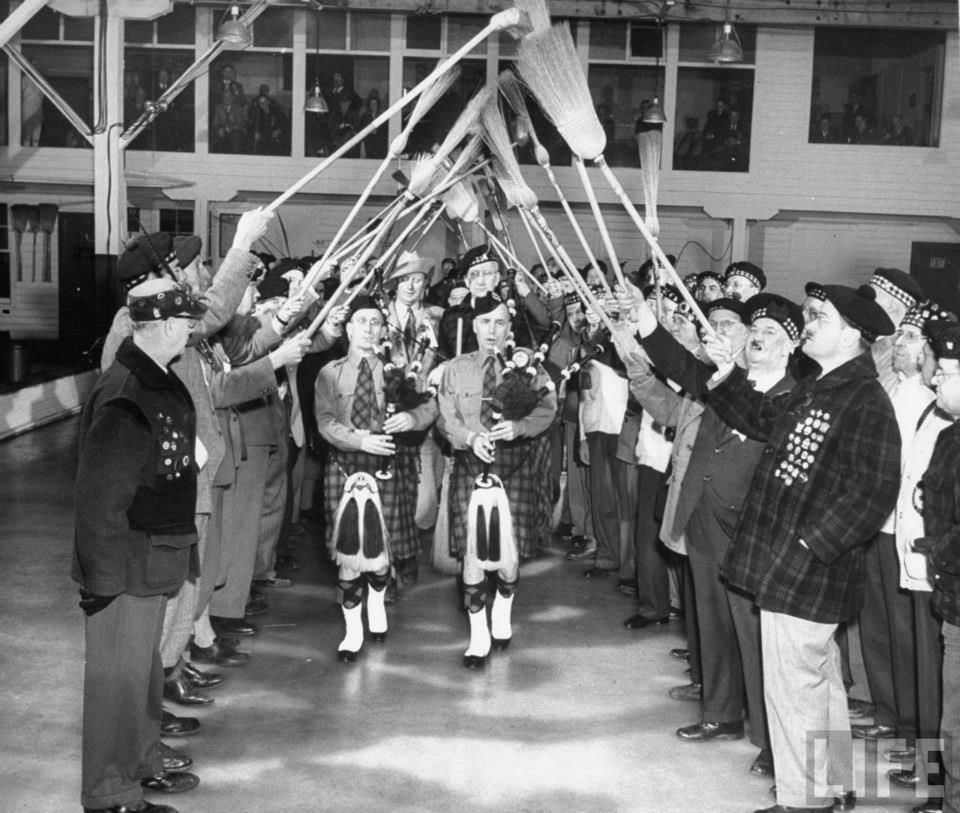
Blanket stripe Carss Mackinaw worn on left. Plaid Patrick mackinaw worn at right
Tom Mix in 1918. He wore custom-made Hudson Bay blanket coats on and off the screen from around 1918 until his death in 1936.
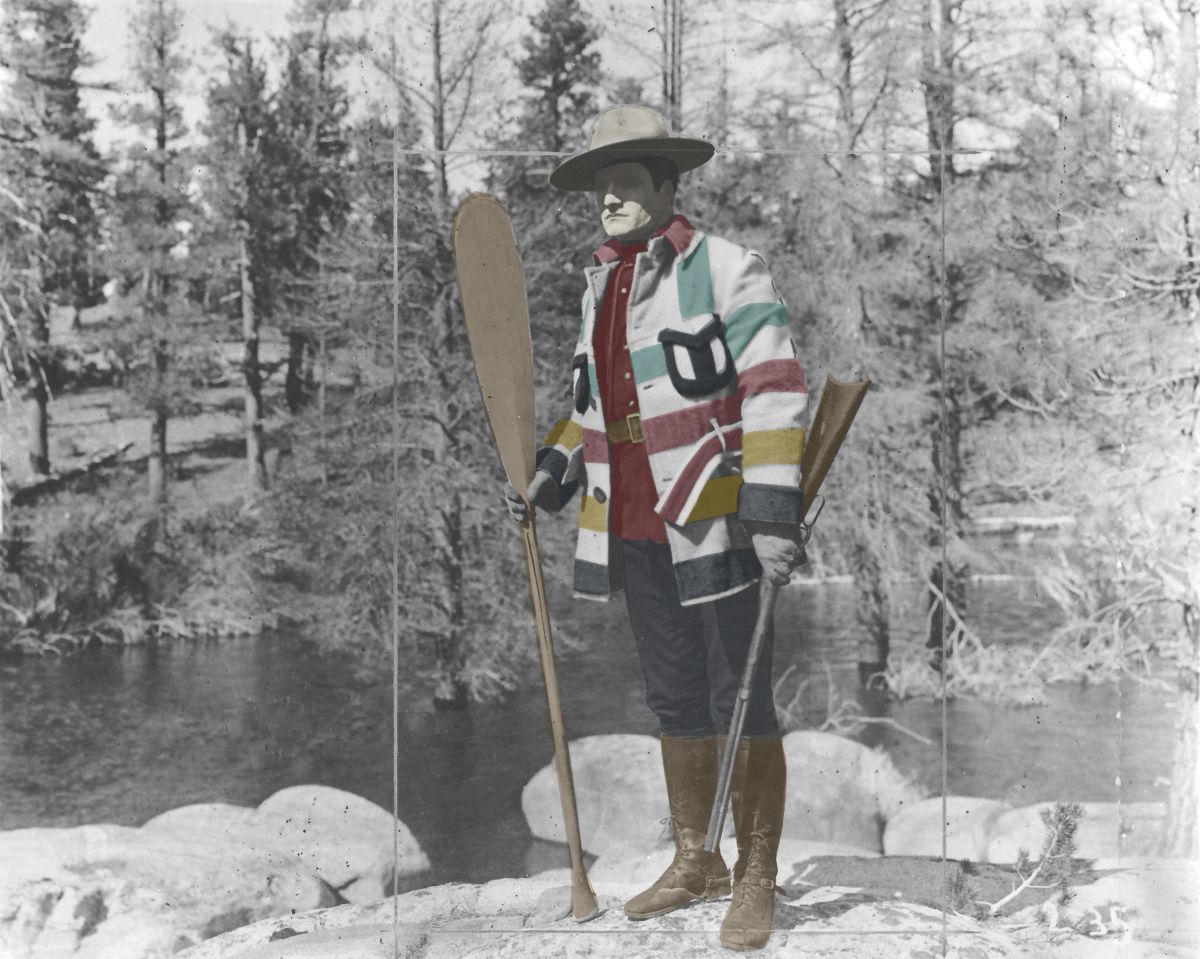
Coats made from Hudson's Bay point blanket material were truly investments, costing significantly more than identical coats in other fabrics. Some examples: In 1937, an Albert Richard coat in heavy mackinaw cloth cost $12.50. That same coat in the HBC fabric cost $22.50. In 1936, a different manufacturer was offering 32oz melton coats for $5.95. To upgrade to point blanket fabric doubled the price.
These coats were the ultimate in rugged, high-end outdoors garments. At the top of the price range for short coats, they were sold by such high-end outfitters as Abercrombie & Fitch and Von Lengerke & Detmold. By the 1930s, sportswear companies like Albert Richard and Maine Guide by Congress had joined the act. The Hudson's Bay blanket coat enjoyed a surge of popularity on the United States market in the mid through late 1930s. Mirroring the Patrick Mackinaw craze of 1915, the style was brought over the border by tourists and seasonal workers who had seen the coats in use in Canada and been impressed with their warmth and durability. They briefly became a university fad in the 1930s, but really stuck with sportsmen who could afford the best.
Hudson's Bay blankets were originally made in England. In the middle of the 20th century, they switched manufacture to Canada. Currently, they are again produced in England, by John Atkinson. Former competitor Woolrich Woolen mills has the contract to import Bay Blankets to the US, and other former competitor Pendleton now makes the blankets used in the coats sold by HBC.
As the 20th century wore on, the Hudson's Bay point blanket coat remained a Canadian icon. It was the Canadian team uniform at the 1964 Innsbruck Olympics.
Last edited:
